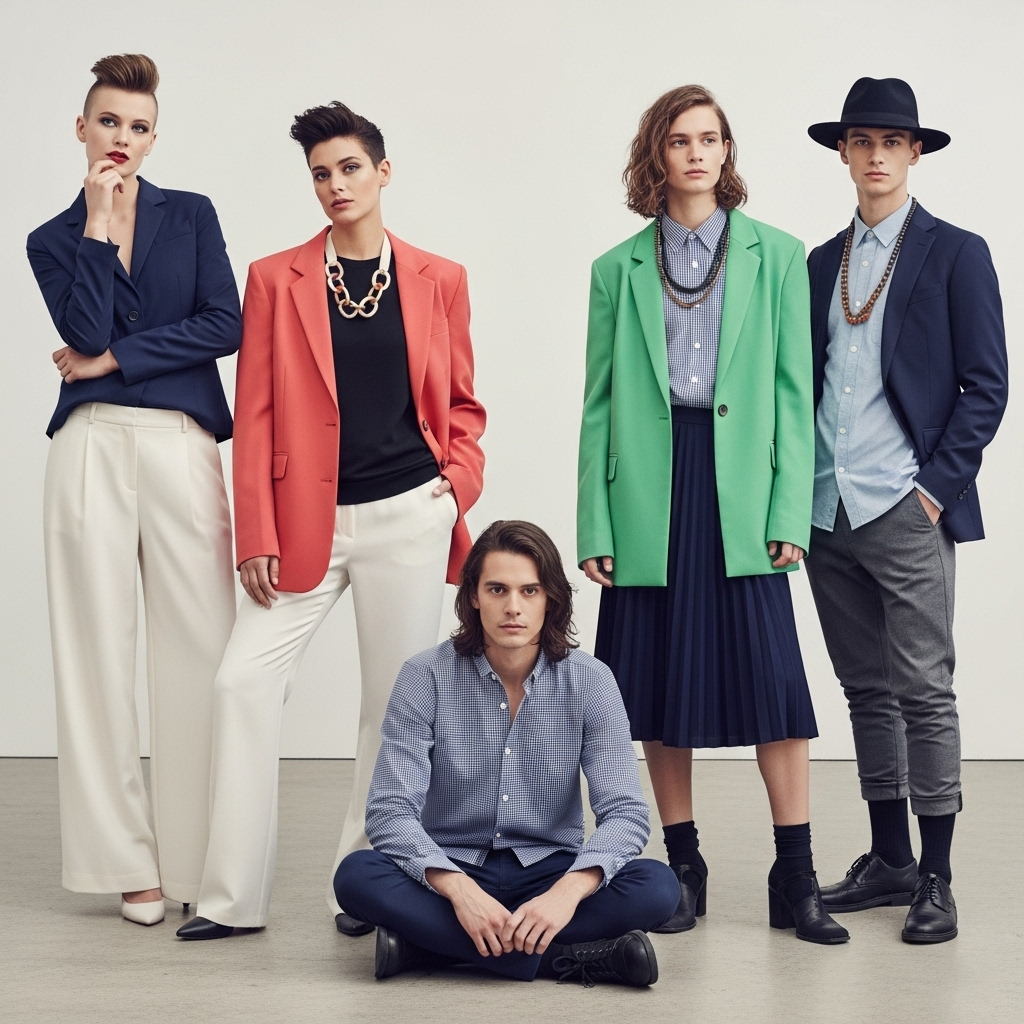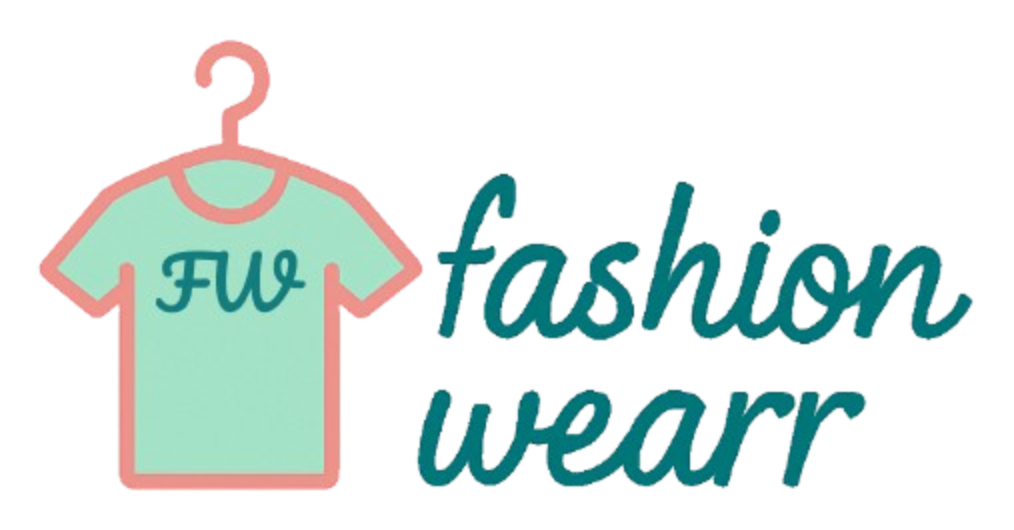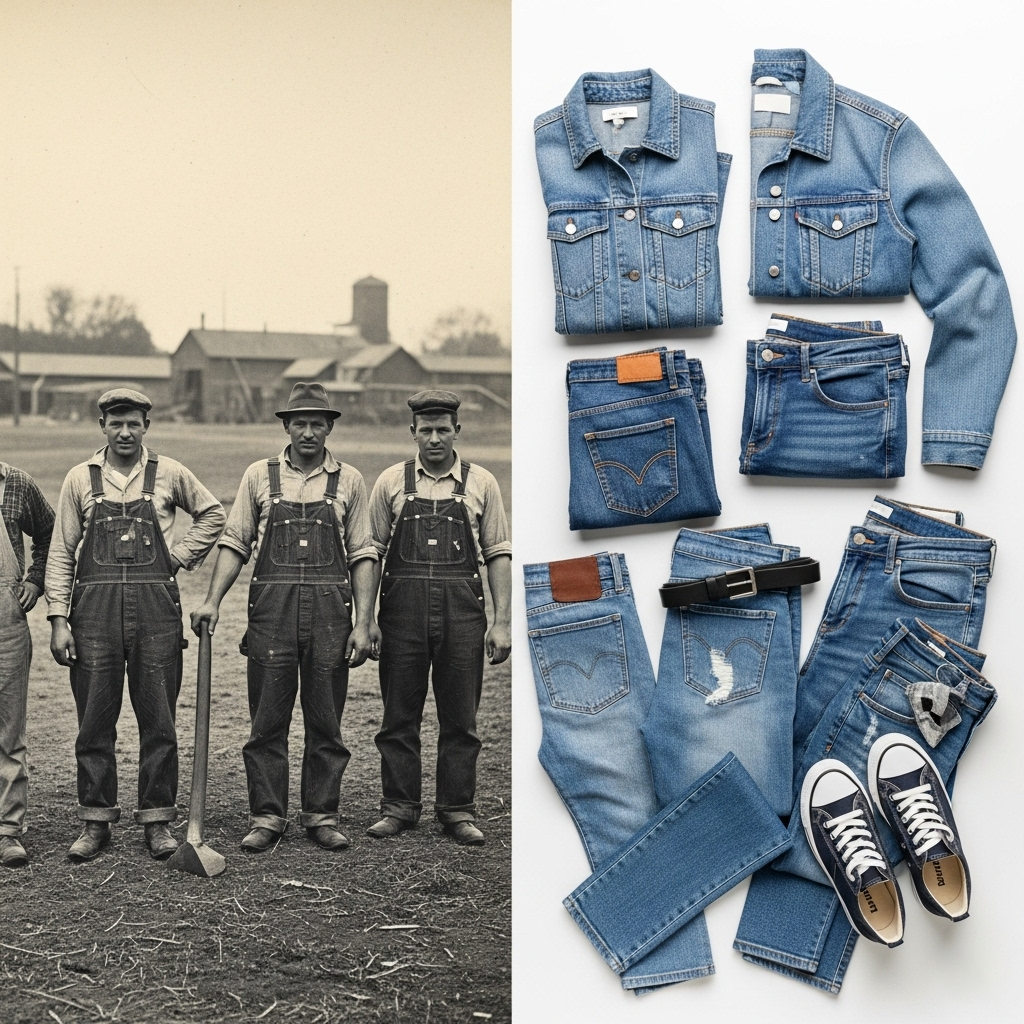No products in the cart.: $0.00
The Rise of Gender-Fluid Fashion

The traditional binary of menswear and womenswear has long dictated the landscape of fashion. However, a significant and increasingly influential movement is challenging these rigid boundaries: gender-fluid fashion. This evolving trend embraces inclusivity, self-expression, and the freedom to wear clothing that resonates with one’s individual identity, regardless of societal norms or assigned gender. The rise of gender-fluid fashion reflects a broader cultural shift towards greater acceptance and understanding of gender diversity, and it is reshaping the way we think about and engage with clothing.
At its core, gender-fluid fashion is about dismantling the outdated notion that certain garments are inherently masculine or feminine. It celebrates the idea that clothing should be a form of personal expression, free from the constraints of traditional gender roles. This movement encourages individuals to explore different styles, silhouettes, and fabrics without being limited by societal expectations.
The influence of gender-fluidity can be seen across various aspects of the fashion industry. Designers are increasingly creating collections that blur gender lines, featuring versatile pieces that can be styled in different ways to suit a range of identities. We are seeing more neutral color palettes, androgynous silhouettes, and a greater emphasis on comfort and personal expression over strict adherence to traditional gendered designs.
Celebrities and influencers have played a significant role in popularizing gender-fluid fashion. By confidently embracing styles that challenge traditional norms, they provide visibility and inspiration for others to explore their own gender expression through clothing. Their willingness to experiment and push boundaries has helped to normalize and destigmatize gender-fluid fashion choices.
The rise of social media has also contributed to the growth of this movement. Platforms like Instagram and TikTok provide spaces for individuals to share their gender-fluid style, connect with like-minded communities, and challenge traditional fashion narratives. This digital landscape fosters a sense of belonging and empowers individuals to express their authentic selves through fashion.
Gender-fluid fashion is not simply about swapping clothes between genders; it’s about creating a new vocabulary of style that transcends traditional categories. This can involve wearing traditionally masculine pieces in a softer or more feminine way, or vice versa. It can also involve combining elements from both traditional menswear and womenswear to create a unique and personal aesthetic. The focus is on individual expression and breaking free from prescribed norms.
The benefits of gender-fluid fashion extend beyond personal style. By challenging traditional gender roles in clothing, it contributes to a more inclusive and accepting society. It fosters a greater understanding of gender diversity and encourages empathy and respect for individual identities. Fashion, in this context, becomes a powerful tool for social change.
The retail landscape is also beginning to adapt to the rise of gender-fluid fashion. Some brands are creating dedicated gender-neutral or ungendered collections, while others are rethinking the way they categorize and market their clothing. This shift reflects a growing recognition of the diverse needs and preferences of consumers who no longer identify with traditional binary gender categories.
However, the journey towards complete acceptance and mainstream adoption of gender-fluid fashion is ongoing. There are still societal biases and prejudices to overcome. Nevertheless, the increasing visibility and influence of this movement suggest a future where fashion is more inclusive, expressive, and less constrained by outdated gender norms.
Ultimately, the rise of gender-fluid fashion is a celebration of individuality and the freedom to express oneself authentically through clothing. It challenges us to rethink our assumptions about gender and fashion and embraces a more fluid and inclusive understanding of style. As this movement continues to gain momentum, it promises to create a more diverse, creative, and accepting fashion landscape for everyone.



